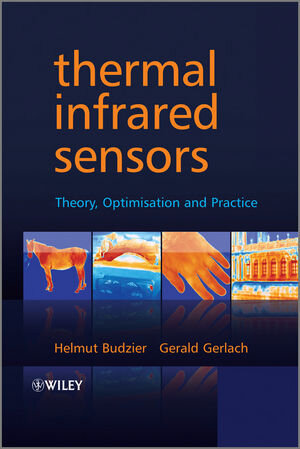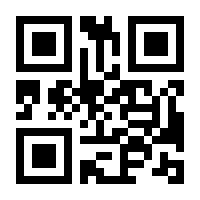
×
![Buchcover ISBN 9780470976906]()
The problems involved in designing optimal infrared (IR) measuringsystems under given conditions are commensurately complex. Theoptical set-up and radiation conditions, the interaction betweensensor and irradiation and the sensor itself, determine theoperation of the sensor system. Simple calculations for solvingthese problems without any understanding of the causalrelationships are not possible.
Thermal Infrared Sensors offers a concise explanation ofthe basic physical and photometric fundamentals needed for theconsideration of these interactions. It depicts the basics ofthermal IR sensor systems and explains the manifold causalrelationships between the most important effects and influences, describing the relationships between sensor parameters such asthermal and special resolution, and application conditions.
This book covers:
* various types of thermal sensors, like thermoelectric sensor, pyroelectric sensors, microbolometers, micro-Golay cells andbimorphous sensors;
* basic applications for thermal sensors;
* noise - a limiting factor for thermal resolution anddetectivity - including an outline of the mathematics and noisesources in thermal infrared sensors;
* the properties of IR sensor systems in conjunction with themeasurement environment and application conditions;
* 60 examples showing calculations of real problems with realnumbers, as they occur in many practical applications.
This is an essential reference for practicing design and opticalengineers and users of infrared sensors and infrared cameras. Withthis book they will be able to transform the demonstrated solutionsto their own problems, find ways to match their commercial IRsensors and cameras to their measurement conditions, and to tailorand optimise sensors and set-ups to particular IR measurementproblems. The basic knowledge outlined in this book will giveadvanced undergraduate and graduate students a thorough groundingin this technology.
Thermal Infrared Sensors offers a concise explanation ofthe basic physical and photometric fundamentals needed for theconsideration of these interactions. It depicts the basics ofthermal IR sensor systems and explains the manifold causalrelationships between the most important effects and influences, describing the relationships between sensor parameters such asthermal and special resolution, and application conditions.
This book covers:
* various types of thermal sensors, like thermoelectric sensor, pyroelectric sensors, microbolometers, micro-Golay cells andbimorphous sensors;
* basic applications for thermal sensors;
* noise - a limiting factor for thermal resolution anddetectivity - including an outline of the mathematics and noisesources in thermal infrared sensors;
* the properties of IR sensor systems in conjunction with themeasurement environment and application conditions;
* 60 examples showing calculations of real problems with realnumbers, as they occur in many practical applications.
This is an essential reference for practicing design and opticalengineers and users of infrared sensors and infrared cameras. Withthis book they will be able to transform the demonstrated solutionsto their own problems, find ways to match their commercial IRsensors and cameras to their measurement conditions, and to tailorand optimise sensors and set-ups to particular IR measurementproblems. The basic knowledge outlined in this book will giveadvanced undergraduate and graduate students a thorough groundingin this technology.



